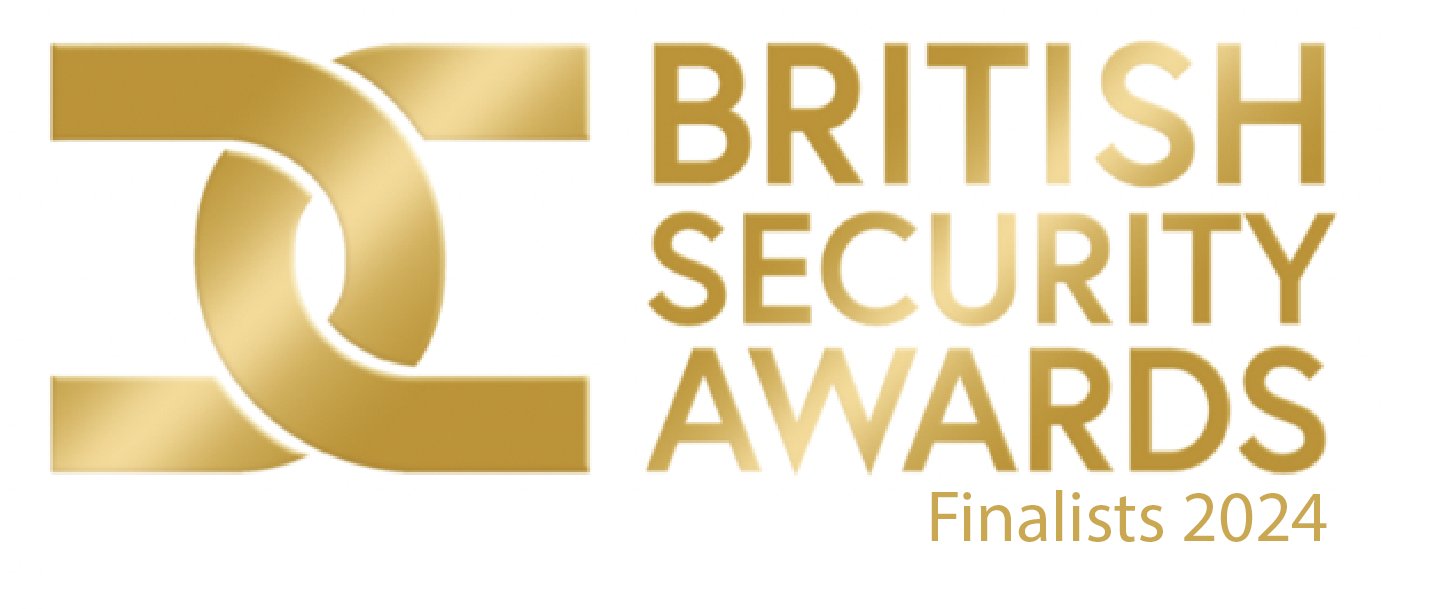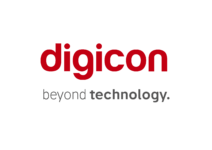Technological advances in the last 20 years have revolutionised the healthcare industry and have given tools to create truly amazing solutions. Below is an exploration of some of the technologies that have created the most significant impact in recent times.
3D Printing
Since the birth of 3D printing technology in 1983, we have come a long way in a relatively short time. 3D printing technology has given new and innovative solutions to many different human problems over the last ten years. The applications across many industries are endless, and the possibilities are still being realised. With just the medical 3D printing industry is s estimated that by 2027 will be worth more than $6 billion. With a vast array of applications, including;
- Pre-op planning – creating 3D models of organs to help surgeons plan surgeries to a higher level of accuracy, and so reducing surgery time and recovery.
- Prosthetics and implants – to design prosthetic limbs and implants that will be specific and the best fit for individuals.
- Surgical tools and instruments – they can be designed and manufactured with increased precision and even customised for surgeries.
- Dentistry – printing of customised dental implants can be done quickly and on-site.
- Bioprinting – 3D printing human tissue to make skin grafts for burn victims and eventually print organs for patients requiring transplants.
Robotics
Since the 1980’s when the first experimental surgical robots were introduced into hospitals, to the present day, that sees the potential applications for the healthcare sector continue to grow, we can see how they will not only improve what exists but even extend the services that are provided. Robots will help carry the burden of repetitive and monotonous tasks so that, staff can deal with the more critical issues and carry out the tasks that require human decision-making skills.
One application of robotics in healthcare that is currently expanding, with less of the difficulties in implementation into settings, and propelled even more so with the current COVID-19 pandemic, is their use for disinfection. One way self-driving robots are being used is to disinfect patient rooms is by using UV light. Such technology is highly effective at killing viruses and bacteria without the use of chemicals, a process known as Ultraviolet Germicidal Irradiation (UVGI). Using such technology will reduce the risk for staff to come into contact with infectious viruses and bacteria. The further development of the robotic and AI technology will reveal further what roles they will play in the healthcare sector, as the roles of healthcare professionals will adapt to embrace their presence.
Wearable technology
Recent developments in wearable technology with advances in the sensors that can be incorporated has seen the potential of remote vital sign monitoring become much closer to reality. Healthcare providers would be able to monitor patients in real-time as outpatients, so saving the healthcare system millions. It would decrease the need for hospital admissions and detect vital signs abnormalities sooner, avoiding more complex health issues. The devices providing features such as heart rate, blood pressure, oxygen saturation monitoring along with side health and lifestyle patterns and chronic condition monitoring makes it possible and often better for clinicians to monitor and diagnose patients.
The potential of wearable technology becoming an aid for the medical profession is in part helped by the acceptance of wearable technologies by consumers, a survey showing that usage increased from just 9% in 2014 to 33% in 2018.
Virtual Reality and AI
Even though virtual reality (VR) is a technology generally known for entertainment and gaming industry, it has proved to have some incredibly useful applications. The healthcare industry is one of those that has adopted this technology. The use of VR in surgery simulation and skills training has proved to be an invaluable tool. It is allowing for training in a safe environment but also for skill refreshing. VR has also been used in robotic surgery, which enables the surgeon to use a robotic arm to perform surgery. With the main beneficial feature is providing force feedback allowing the surgeon to gauge the pressure required when performing delicate procedures. VR also has uses in the rehabilitation of patients, the treatment of pain, and even to help treat phobias.
The major advantage of all of these technologies and others like them is the flexibility they provide with the potential for them to be adapted to many sectors and niches of medicine. The wide range of potential applications available to both improves healthcare for the patients and the ability of healthcare professionals to provide it.


















